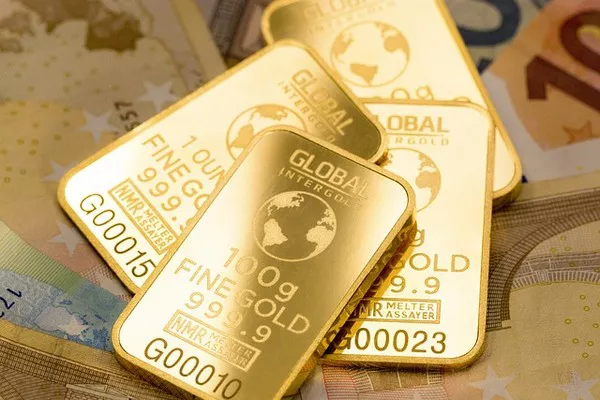Gold has long captivated human fascination and held a unique position in the world of finance and commerce. As a commodity, its price is determined by various factors, yet it often trades above its spot price in certain contexts. Understanding why gold commands a premium over its spot price involves delving into its market dynamics, historical significance, and the complex interplay of supply and demand forces.
The Basics: What is the Spot Price of Gold?
The spot price of gold refers to its current market price at which gold can be bought or sold for immediate delivery and payment. It is typically quoted per ounce and fluctuates based on global market conditions, including economic data, geopolitical events, and investor sentiment. This price forms the basis for transactions in the gold market, influencing prices across various gold products and derivatives.
Factors Influencing Gold Prices
Supply and Demand Dynamics:
Gold’s price, like any commodity, is fundamentally influenced by supply and demand dynamics. The supply of gold primarily comes from mining production, central bank reserves, and recycled gold. Demand, on the other hand, spans jewelry, technology, investment, and central bank purchases. Fluctuations in either supply or demand can impact the spot price.
Financial Markets and Economic Indicators:
Gold often serves as a safe-haven asset during times of economic uncertainty or market volatility. When investors seek refuge from currency fluctuations, inflation risks, or geopolitical tensions, the demand for gold typically increases, driving its price higher than the spot price suggests.
Interest Rates and Inflation Expectations:
Gold lacks yield but competes with interest-bearing assets like bonds. When interest rates are low, the opportunity cost of holding gold diminishes, making it more attractive. Similarly, expectations of inflation eroding purchasing power can bolster gold’s appeal as a store of value, causing its price to exceed the spot price.
Currency Movements:
Gold prices are quoted in US dollars globally, making it sensitive to currency fluctuations. A weaker dollar tends to boost gold prices, as it becomes cheaper for holders of other currencies. This relationship can lead to deviations from the spot price in markets with different currency dynamics.
Premiums Over Spot Price: Exploring the Reasons
While the spot price provides a benchmark, actual transactions often involve premiums, especially in specific contexts such as:
Physical vs. Paper Gold: The spot price typically reflects transactions for large gold bars (e.g., 400 oz London Good Delivery bars). However, smaller retail products like coins or small bars incur higher production and distribution costs, leading to premiums over the spot price to cover these expenses.
Geopolitical Risk and Security: In regions experiencing political instability or where trust in financial institutions is low, physical gold often commands a premium due to its perceived security and ease of transportability during crises.
Market Liquidity and Accessibility: Physical gold markets may exhibit localized variations in prices due to supply chain logistics, taxes, or regulatory considerations, leading to premiums or discounts relative to the spot price in international markets.
Numismatic and Collectible Value: Rare or historically significant coins and bullion carry numismatic value beyond their intrinsic metal worth. Collectors and enthusiasts are willing to pay premiums for such items, often far exceeding the spot price of gold.
Historical Context and Cultural Significance
Gold’s allure extends beyond its financial attributes; it holds cultural and historical significance globally. For millennia, gold has been prized for adornment, religious purposes, and as a symbol of wealth and power. This cultural context influences its value perception, contributing to premiums over its spot price in various contexts, such as ceremonial uses or cultural artifacts.
See Also Gold ETFs vs Spot Gold: What’s the Difference?
Conclusion: The Complexities of Gold Pricing
In conclusion, the price of gold exceeding its spot price is a multifaceted phenomenon driven by market dynamics, investor behavior, economic conditions, and cultural factors. While the spot price serves as a baseline for transactions, premiums arise due to factors such as production costs, geopolitical risks, market liquidity, and historical significance. Understanding these dynamics is crucial for investors, traders, and enthusiasts navigating the intricate world of gold markets, where value often transcends mere metal content.
As global economic landscapes evolve and investor preferences shift, gold’s role as a store of value and diversification asset ensures that premiums over spot prices will continue to fluctuate, reflecting the complex interplay of supply, demand, and human perception in the market.


